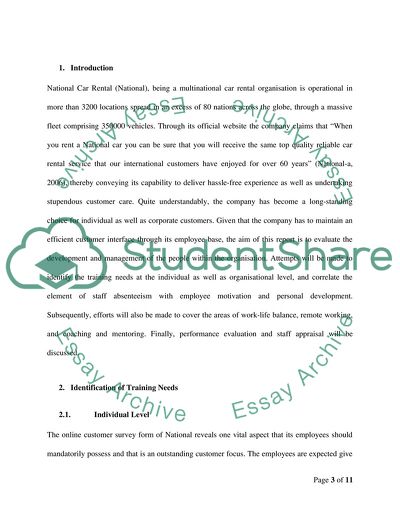Cite this document
(Managing Employees within National Car Rental of Bahrain Report - 1, n.d.)
Managing Employees within National Car Rental of Bahrain Report - 1. https://studentshare.org/human-resources/1738309-human-resources
Managing Employees within National Car Rental of Bahrain Report - 1. https://studentshare.org/human-resources/1738309-human-resources
(Managing Employees Within National Car Rental of Bahrain Report - 1)
Managing Employees Within National Car Rental of Bahrain Report - 1. https://studentshare.org/human-resources/1738309-human-resources.
Managing Employees Within National Car Rental of Bahrain Report - 1. https://studentshare.org/human-resources/1738309-human-resources.
“Managing Employees Within National Car Rental of Bahrain Report - 1”. https://studentshare.org/human-resources/1738309-human-resources.


